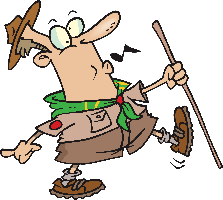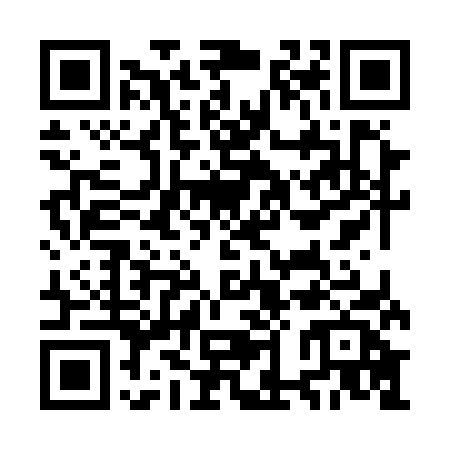The Science of Campfires: Fuel, Air, Heat, and Chemistry
| Category: | Outdoor Skills |
|---|---|
| Notes: | Explains the fire triangle and combustion science behind campfires in Scout-friendly terms. Links basic chemistry with practical outdoor skills. |
Every Scout knows how to build a fire-but do you know why it burns? Behind the warmth and glow is a simple science lesson: chemistry in action, right under your marshmallow stick. Let's explore the fire triangle and the magic of combustion-the real reason your s'more gets perfectly golden.
The Fire Triangle: Fuel, Heat, and Air
To make fire, you need three things:
- Fuel: This is what burns-wood, kindling, tinder. Dry is best. Wet fuel wastes energy and smokes like a fog machine.
- Heat: You need a spark, match, or friction to start combustion. Once lit, the fire's own heat keeps it going.
- Air (Oxygen): No air, no fire. Fires breathe just like we do-smother them and they go out. That's why blowing gently on coals works-it adds oxygen!
Bonus Tip: Most Scouts learn about the fire triangle-fuel, heat, and oxygen. But advanced fire science includes a fourth element: the chemical chain reaction. Together, they form the fire tetrahedron. Remove any side-and the fire collapses. It's how firefighters think about flames, and now you can too!
What's Really Burning?
As wood heats up, it releases gases-mostly carbon-based-through a process called pyrolysis. These gases mix with oxygen and ignite. The yellow part of a flame? That's glowing carbon particles. The blue base? Hot gases combusting cleanly. Pretty neat for a pile of sticks!
Types of Firewood and Their Science
- Hardwoods (oak, maple): Burn longer, hotter, and make good coals. Great for cooking or cold nights.
- Softwoods (pine, cedar): Light fast and pop with resin-but burn quick and smoky. Good for kindling, not all-night fires.
Fire Safety = Fire Science
Understanding combustion also helps you control it. Too much fuel? Fire chokes. Not enough air? It smolders. Windy night? Flames get wild. Smart Scouts adjust spacing, shielding, and fuel size based on science, not guesswork.
Bonus Tip: Build your fire like a chemistry experiment-carefully, in the right order, and with respect. Even a match is a chain reaction waiting to happen!
Fun Scout Experiment
Try this at your next campout: Build a small teepee fire and a small log cabin fire using the same amount of fuel. Which lights faster? Which lasts longer? Talk about why-you'll be learning fire science the Scout way.
So next time you strike a match, remember: fire is more than just warmth-it's nature's chemistry lab, and you're the field scientist.

